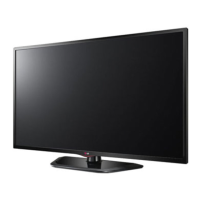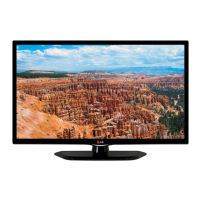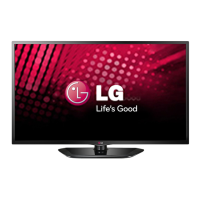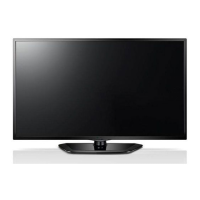M
Monica PhamAug 8, 2025
How to fix LG 32LN536U-ZG remote not working?
- MMadison ConnerAug 8, 2025
If your LG LED TV remote control isn't working, first, make sure there are no obstructions between the remote and the TV. Then, check the remote control sensor on the TV. Finally, verify that the batteries are working and correctly installed, paying attention to the + and - symbols.






